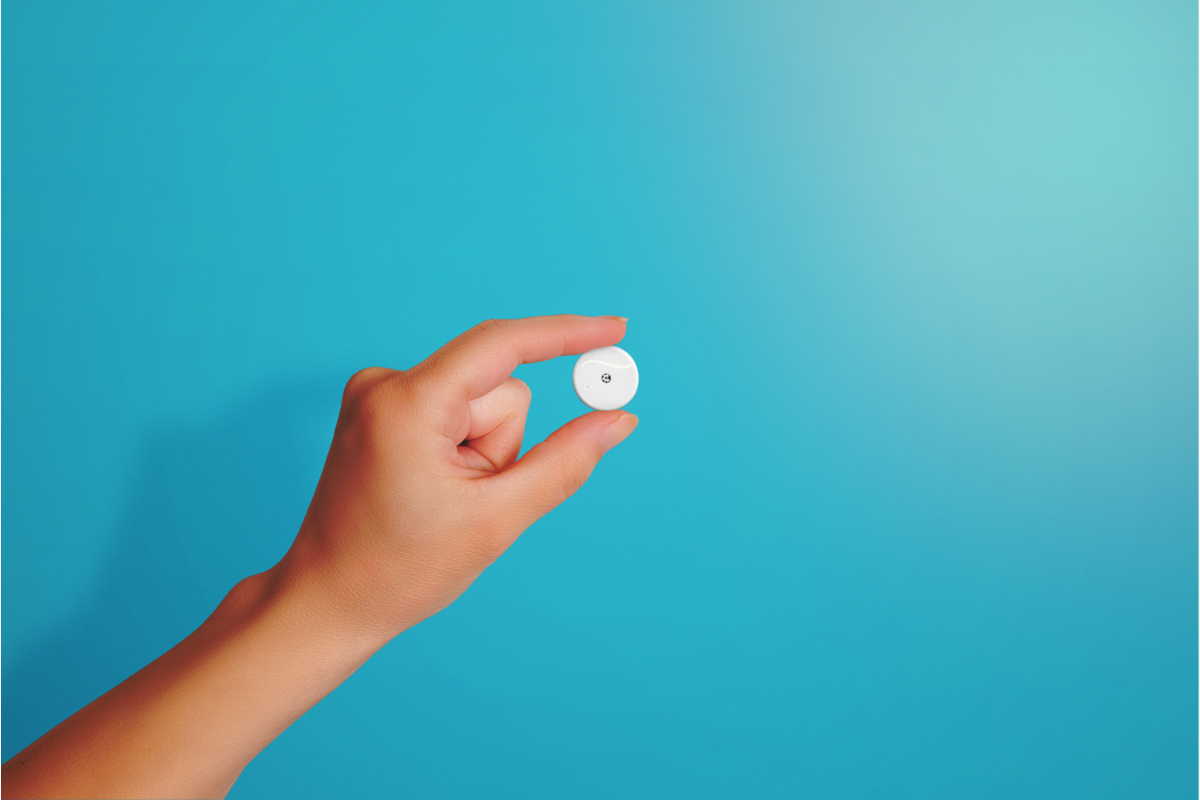Managing blood sugar levels plays a central role in metabolic health and longevity. Whether you have diabetes or not, keeping blood glucose levels stable and within recommended limits is essential to prevent chronic health complications. The Freestyle Libre 2 sensor, as a continuous glucose monitoring device, offers an advanced method of tracking glucose levels in real time, enabling precise adjustments for better blood glucose management.
Why test your blood sugar?
Blood glucose refers to the concentration of glucose in the blood. In non-diabetic adults, fasting blood glucose levels are normally between 70 and 100 mg/dL. Postprandial glycaemia, or glycaemia after a meal, should generally not exceed 140 mg/dL. Careful management of these levels is crucial in preventing complications associated with hyperglycaemia or hypoglycaemia, such as cardiovascular disease and metabolic disorders.
Glycaemic variability describes fluctuations in glucose levels over time. Studies have shown that significant variations can increase the risk of metabolic complications, even in the absence of diabetes. Maintaining stable blood sugar levels helps to reduce oxidative stress and inflammation, thereby improving overall health and longevity.
What are blood glucose meters used for?
Continuous monitoring keeps blood sugar levels within target ranges, reducing the risk of hyperglycaemia (high blood sugar) and hypoglycaemia (low blood sugar). Real-time adjustments, based on data provided by the Freestyle Libre 2 meter, facilitate proactive and accurate blood glucose management.
What’s more, thanks to continuous blood glucose monitoring, abnormal variations in blood sugar levels can be detected quickly, enabling early intervention. This is particularly useful for preventing serious complications linked to glucose levels that are too high or too low.
Well-controlled blood sugar levels are associated with a reduced risk of chronic complications, such as cardiovascular disease, and a better quality of life. Minimising blood sugar spikes and wide variations also reduces oxidative stress and inflammation, factors that contribute to premature ageing.
How can I monitor my blood sugar with the Freestyle Libre 2 sensor?
The Freestyle Libre sensor is a continuous glucose monitoring (CGM) device that measures glucose levels in interstitial fluid every 5 minutes. The sensor, attached to the back of the arm, transmits the data to a meter or smartphone, providing a continuous and accurate view of blood glucose levels.
How does the Freestyle Libre 2 sensor work?
The Freestyle Libre sensor uses advanced technology to continuously monitor blood glucose levels without the need for frequent injections. It has a small filament that is inserted under the skin to measure interstitial glucose. These measurements are taken automatically every minute and stored in the sensor.
Users can obtain real-time data simply by scanning the sensor with a compatible reader or smartphone. This method offers a practical, discreet solution for the day-to-day management of blood glucose levels, improving control and quality of life for people with diabetes.
Where can the freestyle sensor be placed?
can the freestyle sensor be placed on the thigh? Can the freestyle sensor be placed on the stomach?’ Installing the Freestyle Libre is simple: the sensor is placed on the back of the arm using an applicator. It stays in place for up to 14 days and continuously transmits glucose levels to the reading device. This reading allows users to monitor blood glucose trends and make rapid adjustments based on real-time data.
The sensor provides detailed blood glucose data, including daily, weekly and monthly trends. This information is crucial for identifying abnormal variations and adjusting diet, physical activity and medical treatment accordingly.
How do I remove a freestyle libre 2 sensor?
To safely remove a FreeStyle Libre 2 sensor, follow this step-by-step procedure:
Steps for removing a FreeStyle Libre 2 sensor
- Wash your hands thoroughly with soap and water, then dry them well.
- Gently peel off the edge of the Freestyle sensor (on the arm, usually the back of the upper arm) using your fingers or medical adhesive remover, if necessary.
- Slowly pull the sensor in a continuous motion, gradually peeling off the adhesive. Avoid pulling sharply to avoid irritating the skin.
- Once removed, dispose of the Freestyle 2 sensor in a medical waste container (DASRI type) or according to local instructions (do not dispose of in the normal rubbish bin).
- Clean the skin with a little saline solution or a soft wipe to remove any adhesive residue. If the skin is red or irritated, apply a soothing cream (such as Cicalfate, Bepanthen, etc.).
High blood sugar and ageing: what impact on longevity?
Can the Freestyle Libre sensor help prevent accelerated ageing due to high blood sugar?
High glucose levels are linked to accelerated biological ageing and increased risk of mortality. To minimise these risks, it is essential to maintain blood glucose levels within an optimal range of 80 to 94 mg/dL. For example, a fasting blood glucose level of 140 mg/dL increases the risk of mortality by 40% compared with an optimal glucose level.
What is glucose and what role does it play?
Glucose is an essential sugar used by cells to produce energy in the form of ATP through glycolysis. Excess glucose is stored as glycogen in the muscles and liver, or converted into fat through lipogenesis.
In addition to energy, glucose contributes to the formation of glucuronic acid, used for detoxification in the liver and the production of glycosaminoglycans.
Does excess sugar make us age faster?
Excess glucose in the blood has devastating effects on the body, contributing to accelerated ageing and various chronic health problems. People with type 2 diabetes show distinct metabolic alterations compared with individuals without diabetes, including a progressive decrease in insulin production and, at an advanced stage, characteristics of type 1 diabetes. In addition, glucose can also form advanced glycation end products (AGEs), linked to accelerated cell degeneration. Among these AGEs,A1C is a key indicator used to assess average blood glucose levels over a prolonged period.
What are the effects of excess glucose on the body?
Chronically high levels of glucose can cause significant damage to various body systems:
- Cardiovascular disease: Chronic hyperglycaemia promotes atherosclerosis, increasing the risk of heart attacks and strokes.
- Nerve damage: Diabetic neuropathy can lead to pain, tingling and loss of sensation, especially in the extremities.
- Kidney damage: High blood sugar levels contribute to diabetic nephropathy, leading to kidney failure over time.
- Vision problems: Diabetic retinopathy can lead to vision loss and even blindness.
- Hearing loss: Excess sugar damages the blood vessels in the inner ear, leading to hearing loss.
- Neurodegenerative diseases: There is a link between diabetes and an increased risk of diseases such as Alzheimer’s.
- Mood disorders: Glucose fluctuations can affect mental well-being, contributing to anxiety and depression.





